
To BV or Not To BV 👀 The pitfalls of self-diagnosis
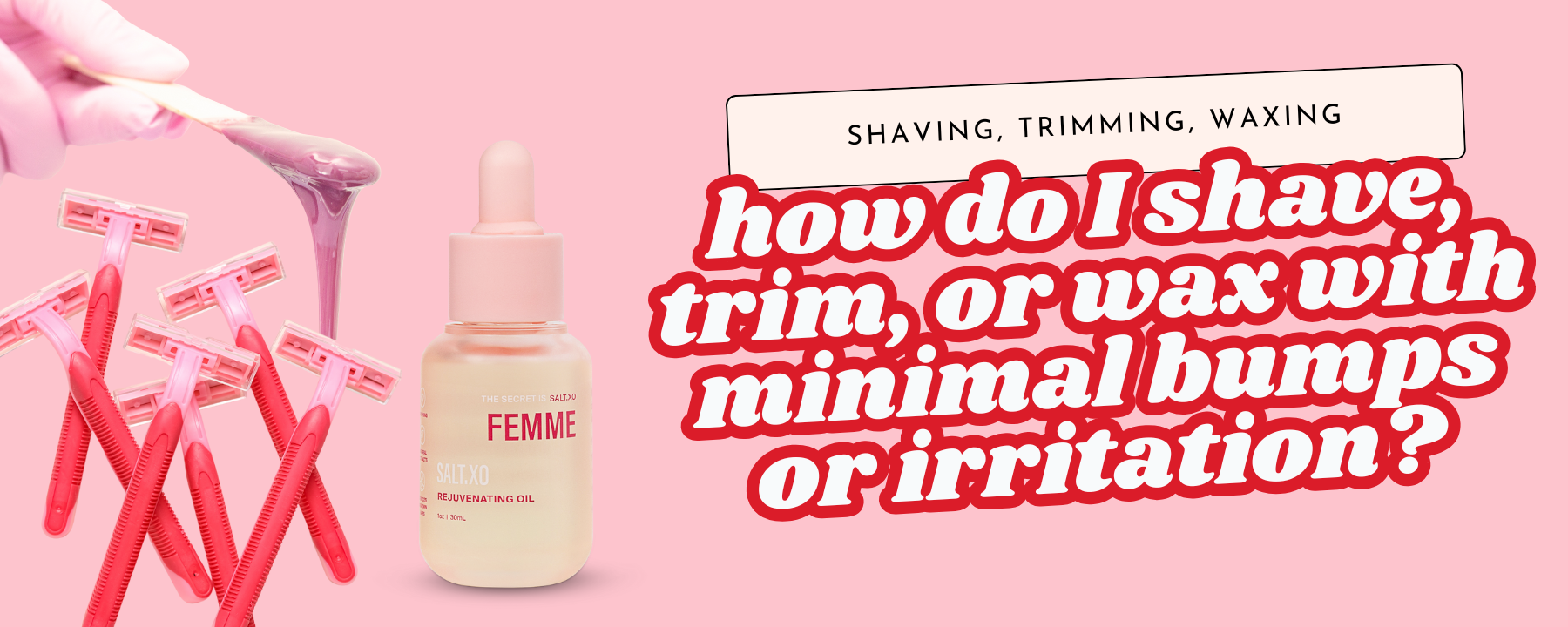
How Do I Shave, Trim, or Wax with Minimal Bumps or Irritation?
For minimal bumps: trim or shave with the grain, use a sharp single-use blade or guarded trimmer, cleanse external skin only, use a slip-friendly shave medium, rinse well, then pat dry and apply a soothing, fragrance-free post-care oil/gel. Wear breathable underwear and avoid tight/damp fabrics. Never use depilatories on mucosa.

BV vs. yeast infection: how can I tell the difference?
BV usually causes a thin gray/white discharge with a strong fishy odor and a vaginal pH above 4.5, with little or no itch. Yeast infections often cause intense vulvar itch, redness, and thick “cottage-cheese” discharge, with normal pH (≤4.5). Testing and diagnosis come from a clinician; skip douching.
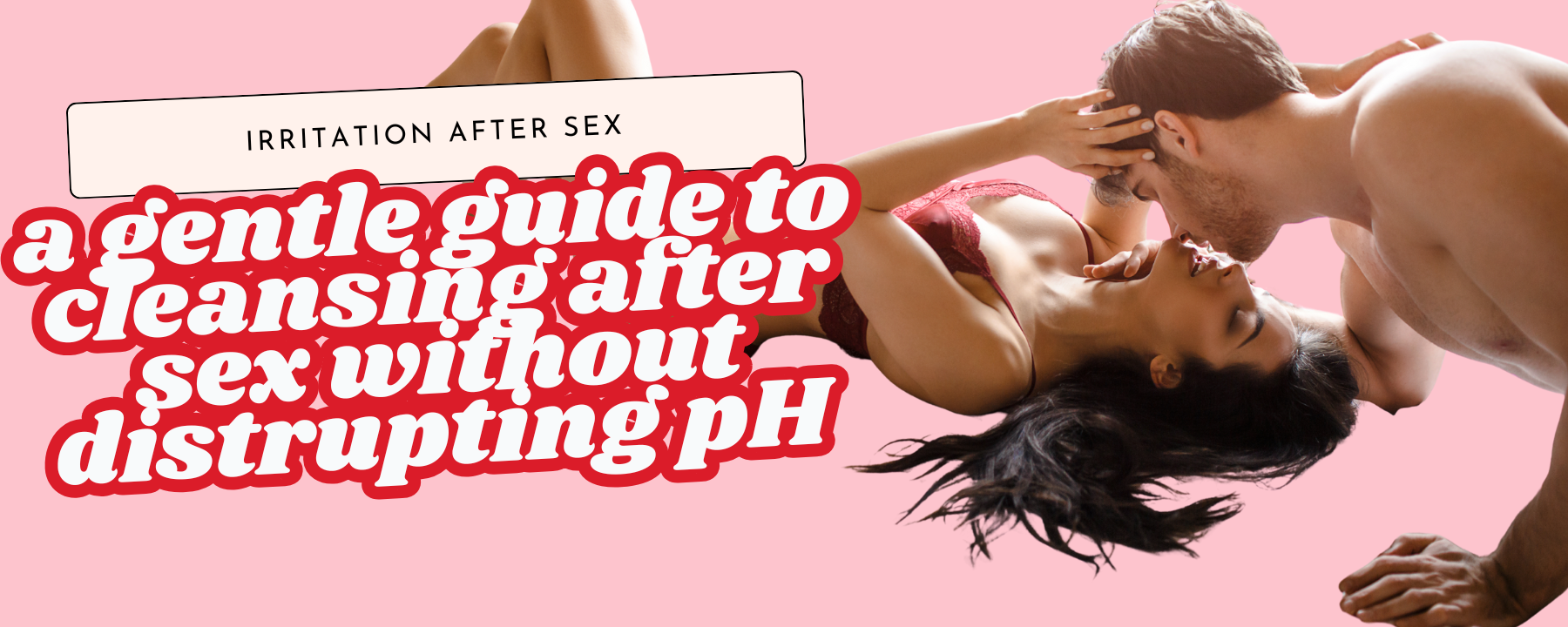
How do I cleanse after sex to reduce irritation without disrupting pH?
Rinse the vulva (outside only) with warm water, then pat dry. If you want a cleanser, use a fragrance-free, pH-considerate wash sparingly—never douche. Urinate soon after sex, swap damp fabrics for breathable underwear, and skip perfumed sprays. See a clinician for strong odor, unusual discharge, pain, or fever.
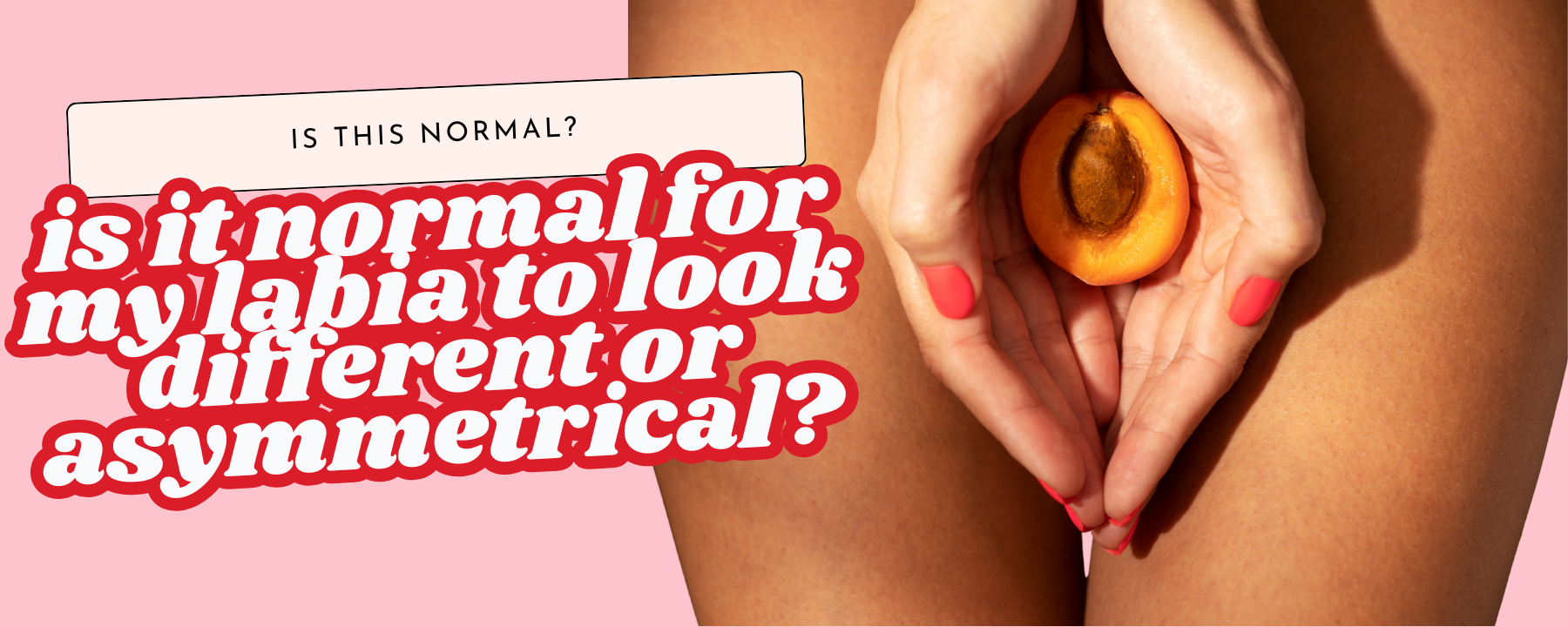
Is It Normal for My Labia to Look Different or Asymmetrical?
Yes. Labia commonly differ in size, shape, and color—one side longer or darker is usually normal anatomy. See a clinician if you have new pain, swelling, sores, a rapidly growing lump, discharge with odor, or fever. For everyday comfort, use external-only, fragrance-free care and manage moisture and friction.

What does “balanced flora” mean, and how do I support it?

How Often Should I Wash My Vulva? Is Water Enough?
Once daily is enough for most people—external skin only—using warm water and clean hands. If you prefer a cleanser, choose a fragrance-free, pH-considerate wash and use it sparingly. After workouts, periods, or sex, rinse externally and pat dry. Never douche or wash inside the vagina.
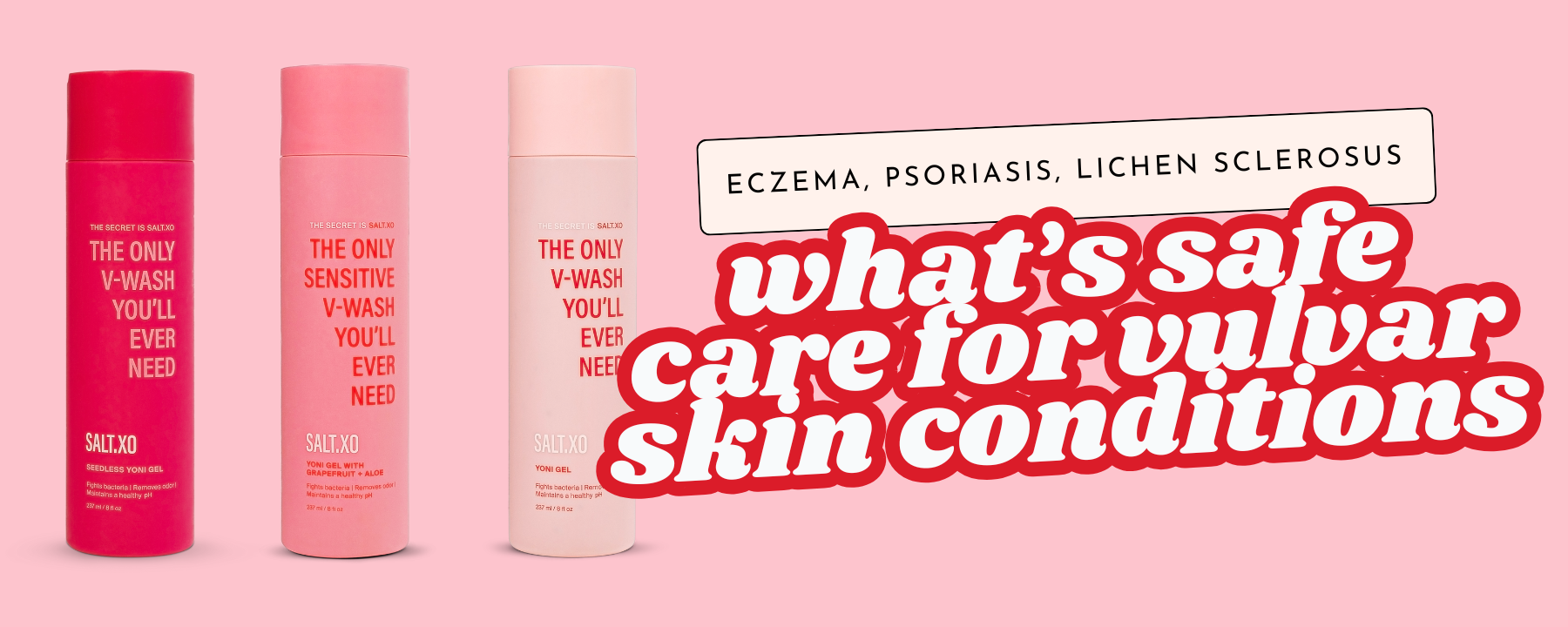
What’s Safe Care for Vulvar Skin Conditions (Eczema, Psoriasis, Lichen Sclerosus)?
-
External-only routine: water → mild fragrance-free cleanse (optional) → thin layer of petrolatum or zinc oxide.
-
Avoid fragrance, dyes, harsh surfactants, essential oils, scrubs, powders, and deodorant sprays on the vulva.
-
Moisture and friction management are as important as products.
-
Lichen sclerosus (LS) is medical—get diagnosed and treated, then use bland emollients as supportive care.

Should I Use Washcloths, Loofahs, or Hands Only on the Vulva?
-
Hands or soft washcloth = yes (external only).
-
Loofahs/poufs = no on the genital area (bacteria + abrasion).
-
The vagina is self-cleaning—do not wash inside or douche.
-
If you notice strong new odor, unusual discharge, itching, pain, or bleeding, see a clinician.
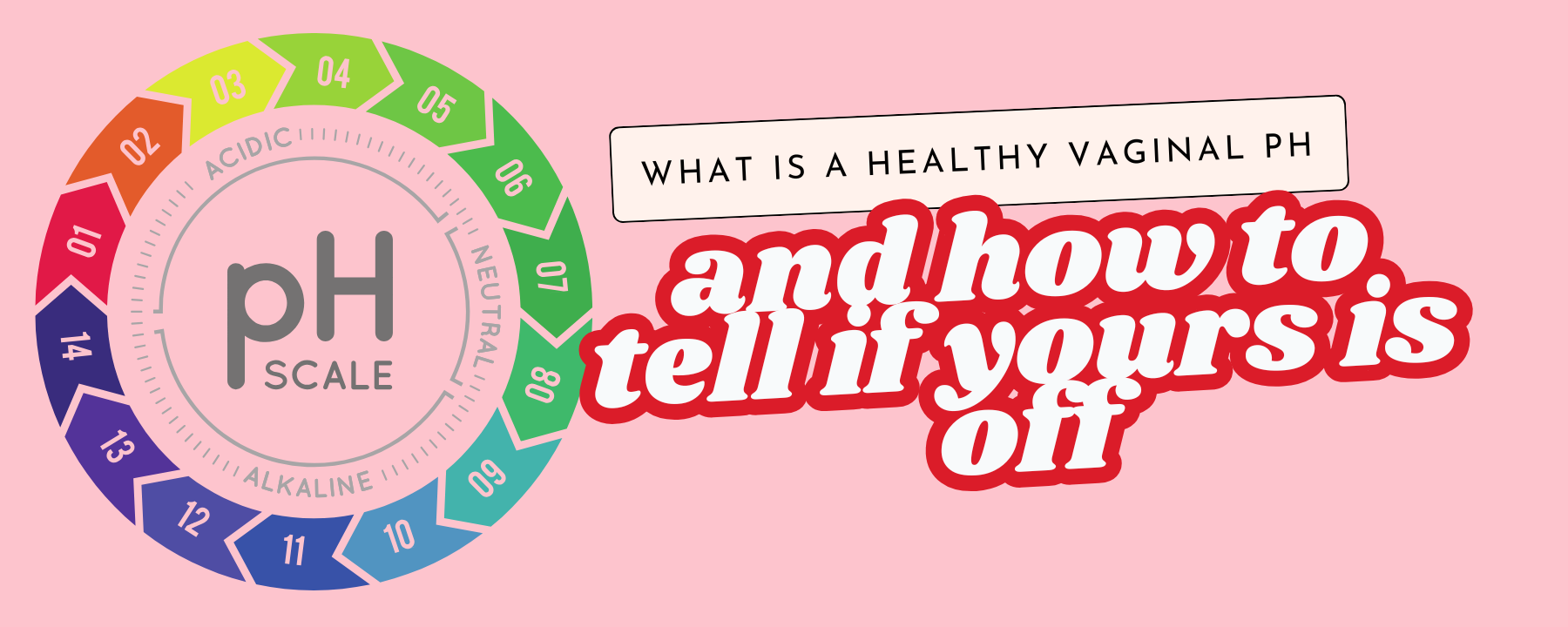
What Is a Healthy Vaginal pH (and How to Tell If Yours Is Off)?
TL;DR
-
Healthy vaginal pH: roughly 3.8–4.5 in reproductive years.
-
Common disruptors: semen, menstrual blood, antibiotics, hormonal shifts.
-
Do: cleanse externally and gently; wear breathable fabrics; get evaluated for persistent symptoms. Don’t: douche or mask odor with fragranced sprays.

